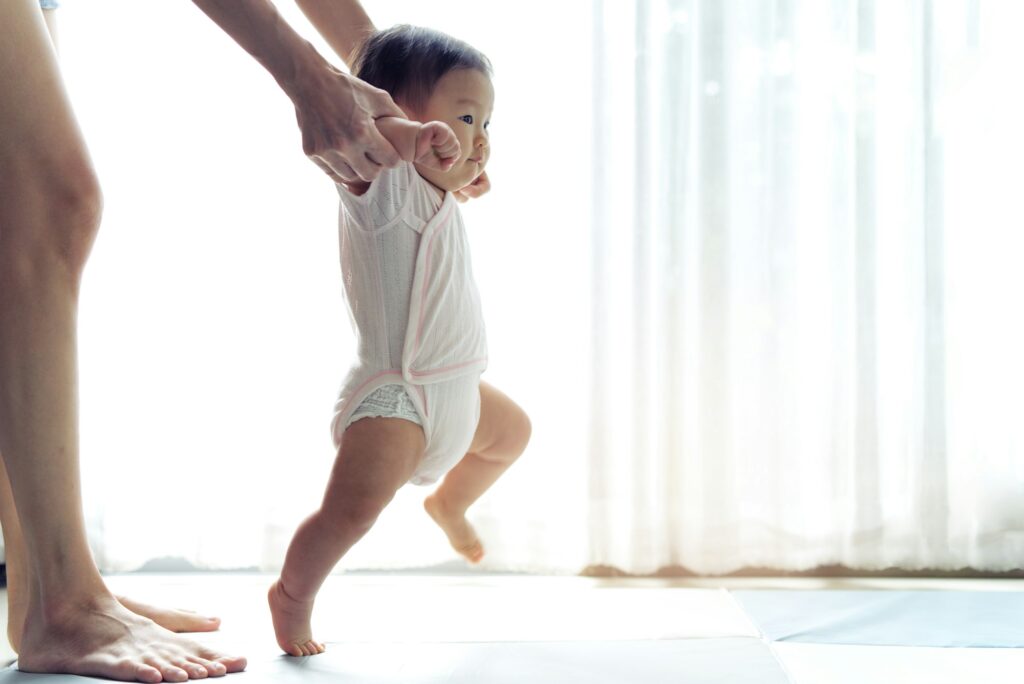Separation Anxiety: How It Affects Children and Adults
It’s a familiar scene: a child clings to their parent’s leg, crying, as the parent tries to leave for work. Or an adult feels an overwhelming sense of dread when their partner has to go on a business trip. These situations are not just challenging moments; they may be signs of separation anxiety. But what exactly is separation anxiety, and how can it affect both children and adults?
This article will delve into the world of separation anxiety, exploring its nuances, implications, and the steps that can be taken to manage it.

What is Separation Anxiety?
![]()
Separation anxiety is a condition characterized by excessive fear or anxiety about being apart from loved ones or home. It’s a normal stage of development in infants and toddlers, as they begin to understand their relationships with their parents and the concept of object permanence – the understanding that things and people exist even when they’re not visible. However, when these fears persist beyond the age where they are developmentally appropriate, they may signify a separation anxiety disorder.
Separation Anxiety in Children
![]()
Separation anxiety in children is most commonly recognized in the preschool years. Most children experience some level of concern when a parent leaves their sight. They may cry, cling, or refuse to participate in activities away from their parents. Here’s what you need to know about separation anxiety in children:
- Normal Development: Up to a certain age, it is expected for children to show signs of distress when a parent leaves. This typically begins around 8 months of age and can last until they are around 2 years old.
- Signs and Symptoms: Children with separation anxiety may demonstrate symptoms such as crying, tantrums, and physical clinginess when they anticipate being separated from their caregivers.
- Managing Separation Anxiety: Strategies such as establishing a goodbye ritual, practicing short separations, and keeping a calm goodbye demeanor can help ease separation anxiety in children.
Case Studies and Statistics
Research indicates that approximately 4-5% of children and adolescents suffer from separation anxiety disorder. A study published in the American Journal of Psychiatry followed a group of children over time and found that those with separation anxiety disorder had a higher risk of developing other mental health conditions as they grew older, such as depression and panic disorder.
Separation Anxiety in Adults
![]()
While often associated with children, separation anxiety in adults is a real and challenging condition. Adult separation anxiety can stem from a childhood history of anxiety or be triggered by major life stressors such as the loss of a loved one, divorce, or a change in living situations.
- Signs and Symptoms: Adults with separation anxiety may experience extreme distress at the thought of being away from their spouse, children, or other close family members. This can manifest as reluctance to leave the house, persistent worries about the safety of loved ones, or difficulty sleeping when away from home.
- Impact on Daily Life: Separation anxiety can affect an adult’s ability to work, maintain relationships, and engage in social activities.
- Seeking Help: Therapy, particularly cognitive-behavioral therapy (CBT), can be effective in treating separation anxiety in adults. Medications may also be prescribed to help manage symptoms.
Understanding the Disorder
Separation anxiety disorder is a mental health condition diagnosed when the fear of separation becomes excessive and impacts one’s ability to function in daily life. It’s important to distinguish between normal separation anxiety and a disorder that requires intervention.
Diagnosis and Treatment
![]()
The diagnosis of separation anxiety disorder involves a comprehensive evaluation by a mental health professional. This includes discussing the history of symptoms and their impact on functioning, as well as ruling out other potential causes.
- Treatment for Children: For children, treatment often includes behavior therapy, family therapy, and parent education. Schools can also play a supportive role by providing a reassuring environment for children struggling with separation anxiety.
- Treatment for Adults: In adults, treatment may include individual therapy, couples therapy, or group therapy, alongside possible medication management.
Therapeutic Approaches
Effective treatment for separation anxiety disorder often involves cognitive-behavioral therapy, which helps individuals challenge and change negative thought patterns and behaviors. Exposure therapy, a component of CBT, gradually exposes the person to the source of anxiety – in this case, separation – in a controlled and safe manner to reduce the anxious response over time.
Support and Coping Strategies
![]()
Alongside professional treatment, there are strategies individuals and families can implement to cope with separation anxiety:
- Establishing Routines: Predictable routines can provide a sense of security for children and adults alike.
- Building Independence: Encouraging independence in children and self-care in adults can foster confidence in handling separations.
- Maintaining Connections: Regular check-ins or having a special object that represents the loved one can help ease anxiety about separation.
Real-Life Examples
Consider the case of Emma, a 4-year-old who was unable to attend preschool due to intense separation anxiety. Through a combination of parent education and short, gradually increasing periods of separation, Emma learned to cope with her anxiety and successfully transitioned to attending preschool full-time.
Meanwhile, John, a 35-year-old adult with separation anxiety, found relief through therapy and medication. He was able to establish a routine for communicating with his wife when they were apart, which helped reduce his anxiety.
Frequently Asked Questions
![]()
What causes separation anxiety?
It can be caused by changes in environment, such as moving to a new place, stress, genetics, or having an overprotective or anxious parent. Sometimes it’s not clear why it happens.
Can adults have separation anxiety?
Yes, adults can have separation anxiety, though it’s less common than in children. It can be related to an event like a loss or trauma, or it might not have an obvious cause.
How can I tell if my child has separation anxiety?
Look for signs like crying, clinging, throwing tantrums, or showing fear when separated from parents or caregivers. They might also worry a lot about something bad happening to their loved ones when they’re apart.
Are there treatments for separation anxiety?
Yes, treatments include therapy, such as cognitive-behavioral therapy, which helps change negative thought patterns. Sometimes medication is used, but it’s more common to start with therapy.
What can I do at home to help my child with separation anxiety?
Create a goodbye routine, practice short separations, and gradually increase the time apart. Stay calm during separations, and praise your child for brave behavior.
Is it normal for my toddler to have separation anxiety?
Yes, it’s a normal stage for toddlers to go through. They usually outgrow it as they become more independent and gain confidence.
Does separation anxiety go away on its own?
It often does, especially in young children as they grow older. However, if it’s severe or continues as they get older, they might need help from a professional.
How long does separation anxiety last?
For children, it can vary. It might just be a phase that lasts a few weeks, or it could go on for longer. If it’s affecting their daily life, it’s a good idea to talk to a doctor or therapist.
Can pets have separation anxiety?
Yes, pets, especially dogs, can have separation anxiety. They might bark, destroy things, or have accidents when left alone. Training and sometimes medication can help.
What should I do if my separation anxiety doesn’t improve?
If your or your child’s anxiety doesn’t get better, or if it gets worse, you should see a healthcare professional. They can offer support and discuss different treatment options.
Conclusion: Embracing Support and Seeking Change
![]()
In summary, separation anxiety is a condition that can significantly impact the lives of children and adults. Understanding the signs, symptoms, and available treatments is crucial for those affected by this disorder. With the right support, strategies, and professional care, individuals dealing with separation anxiety can learn to manage their symptoms and lead fulfilling lives. Remember, seeking help is a sign of strength, and with proper treatment, separation anxiety can be overcome.





